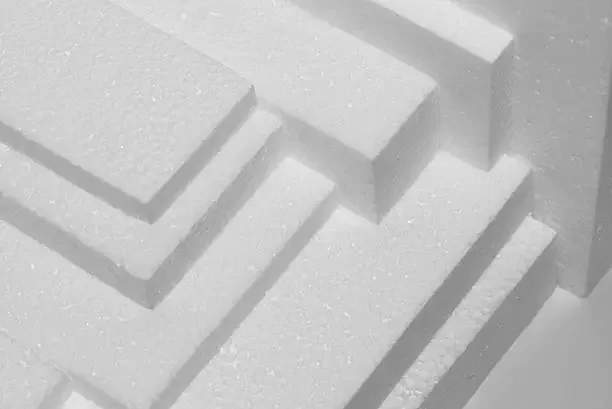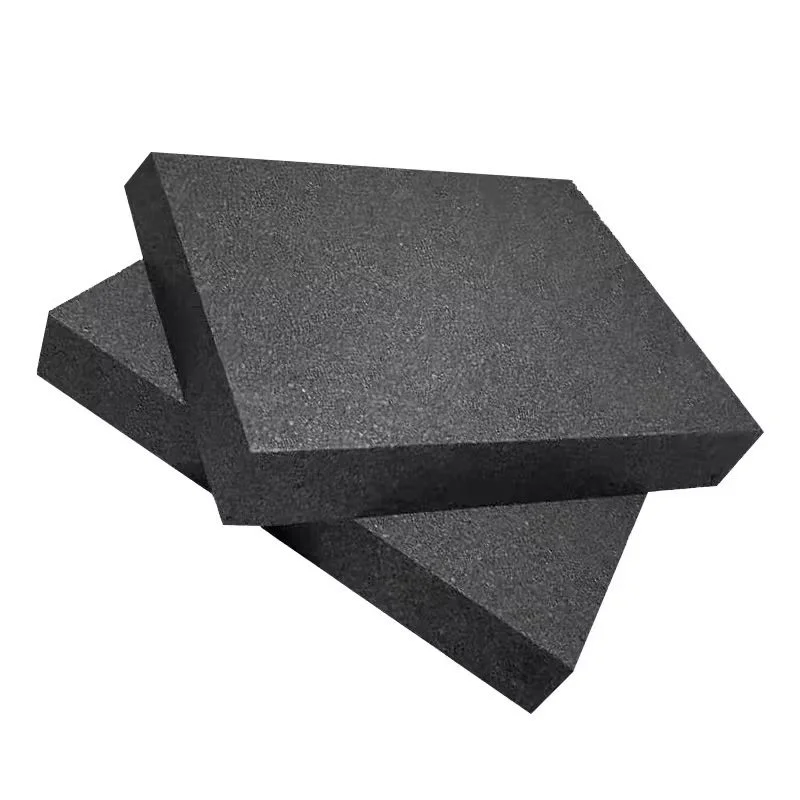High density polystyrene foam (HDPS) is like a tough, budget-friendly champ in the rigid insulation game. This piece digs into how it holds its own against big players like XPS, PIR, PUR, and phenolic foam. We’ll check out what makes each tick and where they shine. Think thermal performance, water resistance, and fire safety. You’ll see why HDPS, especially HUASHENG’s slick products, is a go-to for construction gigs that need to be sturdy and kind to the planet.

Overview of Rigid Insulation Materials
Rigid insulation boards play a critical role in modern building envelopes, offering thermal resistance and structural support. The most prevalent types include expanded polystyrene (EPS), extruded polystyrene (XPS), polyisocyanurate (PIR), polyurethane (PUR), and phenolic foam. Each has distinct characteristics tailored to specific applications.
EPS is widely used due to its affordability and versatility. XPS offers higher compressive strength and moisture resistance. PIR/PUR boards are known for their superior thermal performance, while phenolic foams provide excellent fire resistance and low smoke emission.
When evaluating rigid insulation materials, you should consider thermal conductivity, compressive strength, water absorption rate, vapor permeability, fire resistance rating, aging behavior, and environmental impact. These metrics directly influence both energy efficiency and long-term durability in construction applications.
Properties and Advantages of High Density Polystyrene Foam
High density polystyrene foam (HDPS) is typically derived from expanded polystyrene (EPS) beads that are fused using steam in molds under pressure. The density is increased by adjusting the expansion ratio during manufacturing. FGE-graphite polystyrene (suspension method) is suitable for thermal insulation in construction and industry.
In premium variants like graphite-enhanced HDPS, functional additives such as graphite or carbon black are introduced during suspension polymerization to enhance thermal performance and mechanical properties. When the polymer was synthesized by suspension polymerization, the functional material graphite was added to make the polystyrene polymer have functional properties.
Mechanical and thermal properties
HDPS exhibits excellent compressive strength due to its dense structure, making it suitable for load-bearing applications such as ground slabs or inverted roofs. Suitable for high density (18KG/m³ or more) products, it also delivers low thermal conductivity values—especially when enhanced with graphite—to minimize heat transfer across building envelopes.
How does HDPS respond to moisture exposure?
HDPS has closed-cell structures that limit water absorption. However, compared to XPS, it may exhibit slightly higher vapor permeability depending on formulation. Graphite- or carbon-infused variants offer better moisture resistance due to improved cell integrity. Reduce the thermal conductivity of polystyrene insulation board, improve the thermal insulation and sound insulation performance of the material.
Does HDPS maintain its properties over time?
Properly aged HDPS shows minimal shrinkage or deformation over time. For example, good dimensional stability, good adhesion, good toughness, and high strength. With correct storage conditions—avoiding direct sunlight and maintaining temperature below 25°C—its structural integrity remains intact for decades.
Comparative Evaluation: HDPS vs. Other Rigid Insulators
While both materials share similar chemical origins, XPS typically offers lower water absorption due to its extrusion process that creates a more uniform closed-cell structure. However, graphite-enhanced HDPS can rival or exceed XPS in thermal efficiency due to reduced emissivity from carbon additives.
PIR/PUR boards offer superior R-values per inch but come at a higher cost and may degrade under UV exposure or high humidity without proper facings. HDPS provides a more stable platform with better environmental resilience in wet conditions without requiring facers.
Phenolic foam has excellent fire resistance but is more brittle and sensitive to moisture ingress compared to HDPS. In applications where dimensional stability under cyclic wetting/drying matters—like inverted roofs—HDPS outperforms phenolic alternatives.
Application Scenarios for High Density Polystyrene Foam
Due to its compressive strength and closed-cell structure, HDPS supports waterproofing membranes in inverted roof assemblies without degradation over time. Its lightweight nature also simplifies installation on elevated structures.
Absolutely. In ground slabs or foundation walls exposed to soil moisture or freeze-thaw cycles, high density variants like carbon black infused foams deliver exceptional durability. For instance, Black Polystyrene (Suspension) – FGE offers anti-aging properties suitable for underground insulation scenarios. HDPS’s dimensional stability ensures tight tolerances when integrated into prefabricated curtain walls or rainscreen systems. Its low weight minimizes structural loads while maintaining continuous insulation across façade elements.

Integration of HUASHENG High Density Polystyrene Products in Building Envelopes
If you’re seeking cutting-edge solutions tailored for passive house standards or high-performance buildings, explore HUASHENG. This pioneering manufacturer imported advanced twin-screw extruders from Europe in 2015 and is an innovative pioneer in the development of the passive house industry in industry. Their portfolio includes ultra-low thermal conductivity grades, antistatic variants, flame retardant series up to European B1/B2 standards, and even color-customized foams designed via suspension or extrusion processes.
Their products span from standard E-grade EPS suitable for general packaging to low thermal conductivity carbon polystyrene FGE material (suspension method), engineered specifically for energy-efficient construction.
Environmental Considerations in Material Selection
Graphite-enhanced HDPS achieves comparable insulation with thinner profiles than traditional EPS while avoiding halogenated blowing agents used in PIR/PUR foams.
Moreover, Products can reach B1 level, contributing toward green building certifications without compromising safety.
HUASHENG’s EPS-based materials can be mechanically recycled into new products or reprocessed into raw beads for reuse within manufacturing cycles.
Cost Efficiency and Installation Factors
HDPS typically offers one of the lowest installed costs per square meter among rigid insulators due to its simple fabrication process and absence of facers required by PIR/PUR panels.
Definitely—HDPS boards are lightweight yet rigid enough for precise cutting on-site without special tools. This reduces labor hours significantly compared with denser insulations requiring specialized handling equipment.
Summary of Material Suitability by Application Type
You should consider these materials where long-term stability under load, excellent moisture resistance, cost-effectiveness—and now even aesthetic flexibility—are required:
- Inverted roof systems
- Ground slab/foundation walls
- Curtain wall infill
- Passive house retrofits
- Acoustic dampening panels
- Fire-rated partitions using flame-retardant grades
FAQ
Q: Is high density polystyrene safe for indoor environments?
A: Yes—when properly aged and manufactured using certified flame retardant formulations like those meeting GB8624-2012 standards, such as F-flame retardant grade, it poses no off-gassing risks indoors.
Q: Can I use graphite-enhanced HDPS outdoors?
A: Yes—but ensure it’s protected from prolonged UV exposure unless integrated behind cladding layers; some variants also feature anti-aging properties suitable for semi-exposed conditions such as black polystyrene FGE material.
Q: How do I select between suspension vs extrusion grade products?
A: Suspension grades offer better customization including anti-static features; extrusion grades tend to provide tighter cell structures ideal for continuous insulation applications like passive houses, especially for passive house thermal insulation systems.






